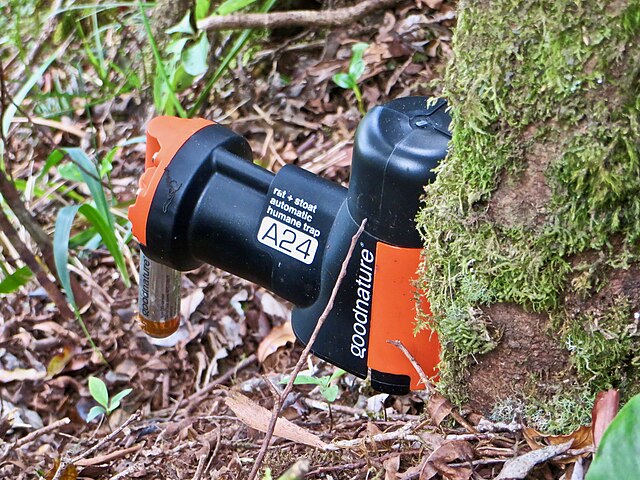The birds of New Zealand evolved into an avifauna that included many endemic species found in no other country. As an island archipelago, New Zealand accumulated bird diversity, and when Captain James Cook arrived in the 1770s he noted that the bird song was deafening.
Kākāpō (Strigops habroptilus), typically weighing 3 kg and possibly one of the world's longest-living birds
Artist's rendition of a Haast's eagle (Hieraaetus moorei) attacking two moa (Dinornis novaezealandiae)
A photo of a female Kiwi (genus Apteryx) with its egg
Kea (Nestor notabilis), the world's only alpine parrot, is very inquisitive and intelligent
The stoat was introduced into New Zealand to control introduced rabbits and hares, but is now a major threat to the native bird population. The natural range of the stoat is limited to parts of the Northern Hemisphere. Immediately before human settlement, New Zealand did not have any land-based mammals apart from bats, but Polynesian and European settlers introduced a wide variety of animals. Rarely, in Southland, the fur of stoats has been reported to turn white, being the fur known as ermine, which adorns royal robes.
A stoat in the Ardennes in Belgium, within its natural range
self-resetting rat and stoat trap
Stoat emerging from a bird nesting box, near Raglan
Stoat caught in a trap as part of a predator control initiative at the White Heron Sanctuary at the Waitangiroto Nature Reserve in Whataroa.








